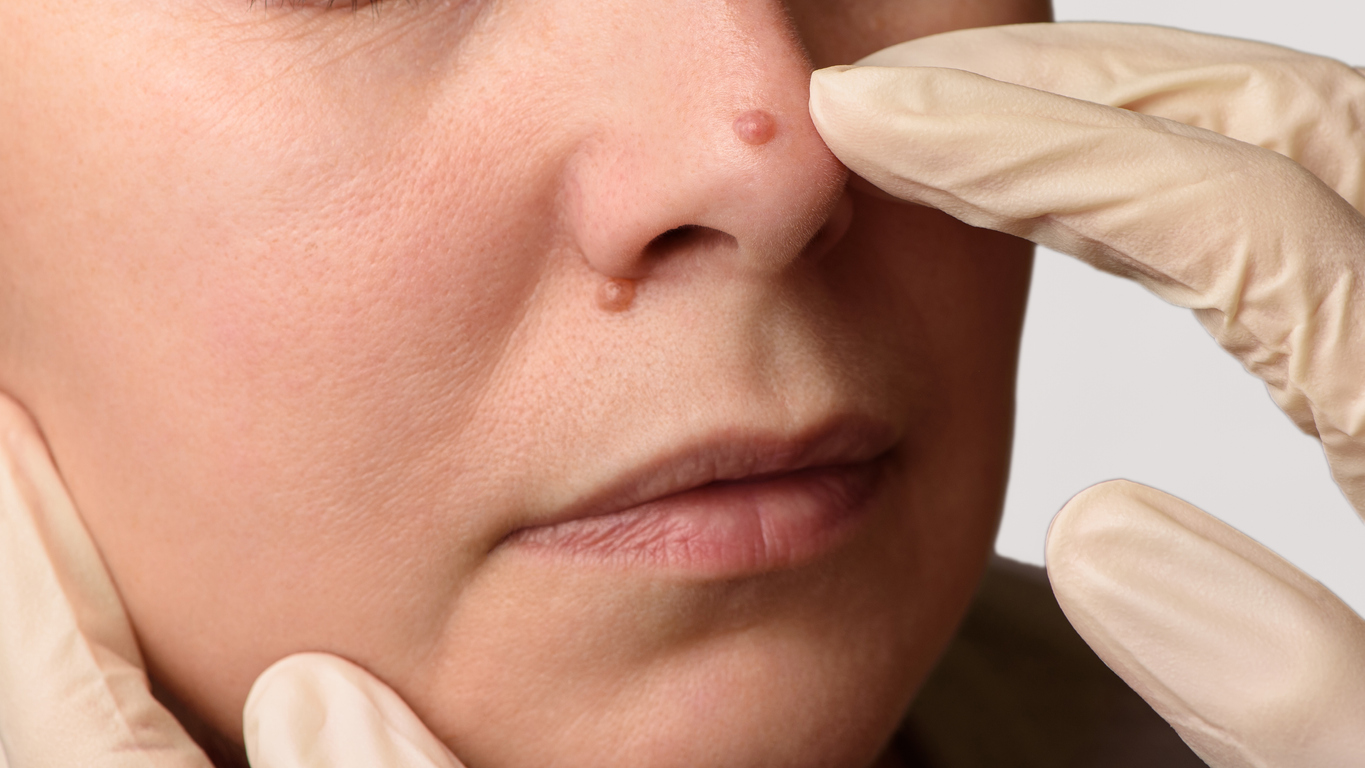
Moles, though often harmless, can be a cause of concern for many individuals. Whether it’s for cosmetic reasons or due to the potential risk of skin cancer, dermatologist mole removal is a common procedure. If you’re considering this option, understanding what to expect at your appointment is crucial.
What is Dermatologist Mole Removal?
Before delving into the specifics of a mole removal appointment, it’s essential to understand what dermatologist mole removal entails. Moles, also known as nevi, are clusters of pigmented cells that appear as dark spots on the skin. While most mole evaluations are ruled asbenign, some may carry the risk of developing skin cancer. Dermatologist mole removal is a medical procedure performed by a trained dermatologist to extract moles for various reasons, including cosmetic purposes or to eliminate potential health risks.
How to Prepare for a Mole Removal Appointment
Preparation is key to a successful and smooth mole removal appointment. Start by scheduling a consultation with a qualified dermatologist who will assess the mole and discuss the reasons for removal. During this initial visit, provide a comprehensive medical history, including any allergies, medications, or existing health conditions. It’s essential to inform the dermatologist of any changes in the mole, such as size, color, or shape.
Before the actual removal appointment, your dermatologist may recommend certain precautions, such as avoiding blood-thinning medications and refraining from using topical creams on the mole area. Additionally, consider wearing loose and comfortable clothing to the appointment to facilitate easy access to the mole.
How Are Moles Removed by a Dermatologist?
Understanding the mole removal process can help alleviate anxiety about the procedure. Dermatologists typically use one of several methods to remove moles: excision, shaving, or laser removal.
- Excision: This method involves cutting out the mole and stitching up the wound. It is commonly used for larger moles or those with a deeper root.
- Shaving: For smaller, raised moles, shaving is a common technique. The dermatologist uses a scalpel to shave off the mole flush with the skin’s surface.
- Laser Removal: Laser technology is employed for specific types of moles. The laser breaks down the pigment in the mole, causing it to fade over time.
The choice of method depends on factors such as the mole’s size, location, and type, as well as the patient’s preferences and the dermatologist’s recommendation.
Common Mole Removal Aftercare
Post-removal care is vital for optimal healing and to minimize the risk of infection or scarring. Your dermatologist will provide detailed aftercare instructions, which may include the following general guidelines:
- Keep it Clean: Gently clean the mole removal site with mild soap and water. Avoid harsh chemicals or rubbing the area vigorously.
- Apply an Antibiotic Ointment: To prevent infection, apply an over-the-counter antibiotic ointment on the wound. Follow the dermatologist’s instructions regarding frequency.
- Protect from Sun Exposure: Shield the treated area from direct sunlight and apply sunscreen with at least SPF 30 when exposed to sunlight. This helps prevent hyperpigmentation and aids in the healing process.
- Avoid Scratching or Picking: Resist the urge to scratch or pick at the scab that forms over the removal site. Let it heal naturally to minimize scarring.
- Attend Follow-Up Appointments: Schedule and attend any follow-up appointments recommended by your dermatologist. These visits are crucial for monitoring the healing process and addressing any concerns.
When to See a Dermatologist for Mole Removal
Not all moles require removal, but certain signs may indicate the need for professional attention. See a dermatologist if you notice any of the following:
- Changes in Size or Shape: If a mole undergoes rapid changes in size, shape, or color, it could be a potential indicator of skin cancer.
- Itching or Bleeding: Persistent itching or bleeding from a mole may be a cause for concern and should prompt a visit to the dermatologist.
- Irregular Borders: Moles with irregular or undefined borders may warrant examination, as this can be a sign of abnormal cell growth.
- New Moles After 30: Developing new moles after the age of 30 or an increase in the number of moles should be evaluated by a dermatologist.
Early detection and intervention play a crucial role in managing potential skin issues, making regular skin checks and prompt dermatologist consultations essential.
Professional Mole Removal Services at the Center for Derm
For those seeking specialized care, the Center for Derm offers professional mole removal services. With a team of experienced dermatologists and state-of-the-art facilities, the Center for Derm prioritizes patient safety and satisfaction. From initial consultations to post-removal follow-ups, their comprehensive approach ensures that patients receive personalized care throughout the mole removal process. Contact us today to schedule an appointment.